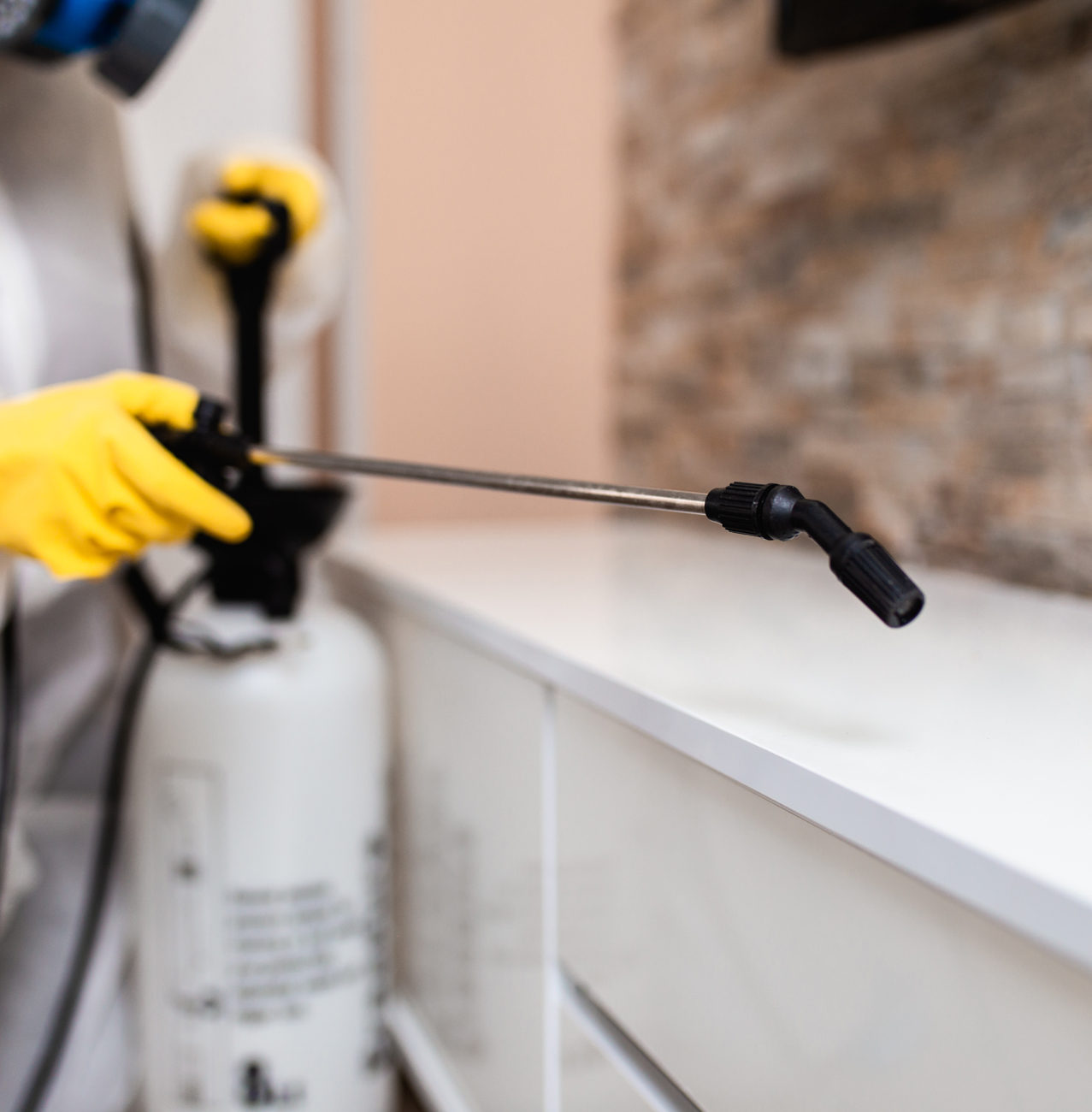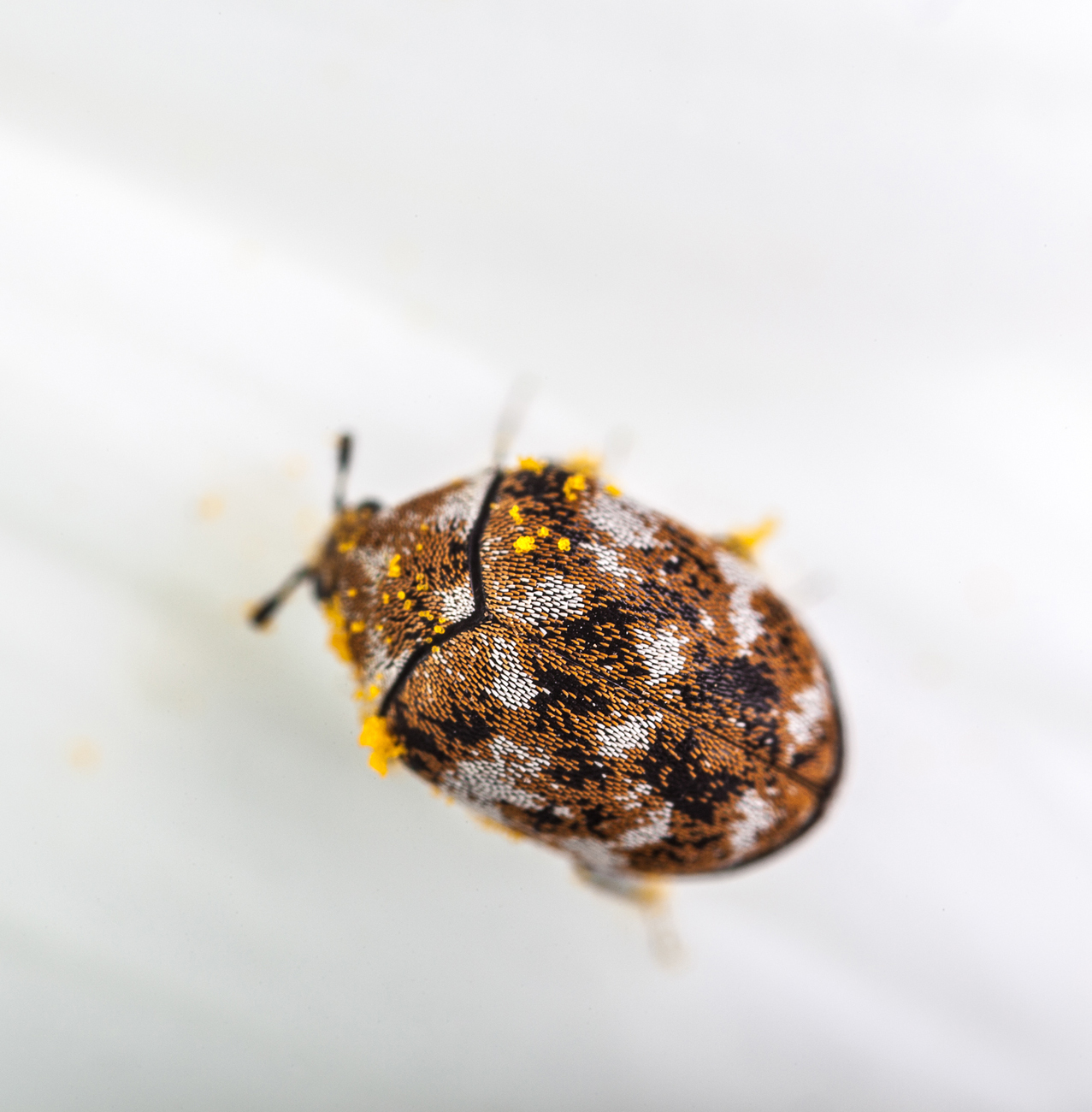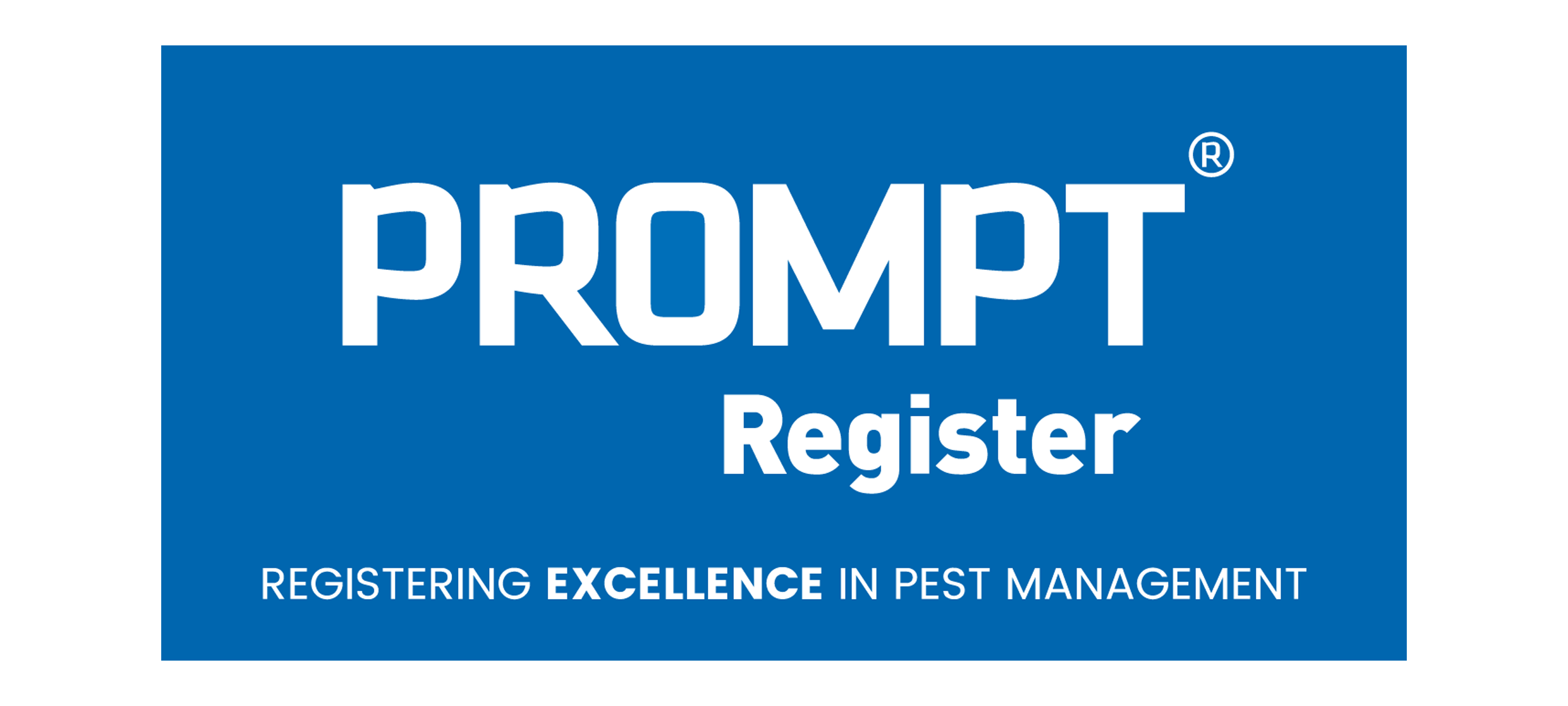24/7 Emergency Call OUT
Carpet Beetle Removal & Control Services
Carpet beetles beat moths to the title of the UK’s biggest textile pest. Their lifecycle is approximately a year, and they lay their eggs from April to June, which will then hatch into grubs that become active over the Autumn before hibernating over winter. There are several different varieties, including the Fur Beetle, the Variegated Carpet Beetle, and the rarer Black Carpet Beetle, which vary in length, colour, and markings. The carpet beetles themselves are harmless, and feed on flower pollen and nectar, but they will lay their eggs in fabric and fluff, often found within buildings.

Contact us today
Speak to our expert Carpet Beetle removal team today!
Experts in Carpet Beetle Removal
It is the lavae that hatch from these eggs that are particularly troublesome, as they will feed on any soft material they can find - hair, fur, feathers, wool - meaning that clothes, blankets, and other domestic materials are at risk. The lavae can be identified by their brown hairs, and they will roll up like a woodlouse if disturbed. Infestations are often first detected by sightings of their cast-off skins, which they moult as they grow. You will also find traces of them in the damage they cause to fabric, which will be in the form of clear round holes near the seams, where the grubs have chewed through the stitching.
Carpet beetles and lavae are particularly tricky to tackle, because they are extremely resilient and can survive starvation for several months. One of the most efficacious ways of controlling them is through spray treatments, for instance Insectaclear C Carpet Beetle Killer Spray, or powder treatments, such as Smite Organic Diatomaceous Earth Powder, applied under furniture and around skirting boards, and either left for ongoing protection, or cleaned up after treatment.

Carpet Beetle Control Specialists
If sprays and powders don’t work, we can try fuming and fogging methods, which will successfully eliminate carpet beetle in most cases from harder to reach areas. This approach involves closing up a room and filling it with fume/fog to kill off any lavae in the room.
Adult carpet beetles, whether alive or dead, are a sure sign of an active infestation.
Fabric damage, primarily to wool, wool mixes, and other natural fibres. Damage to carpets or rugs, clothing, drapes, and even furniture upholstery can be detected. Even to leather bookbindings on rare circumstances.
Carpet Beetle Pest Controller & Removal
Pellets of faeces and skins shed These are also clear indicators of a carpet beetle infestation. When the larvae mature into adult beetles, you'll find shed skins around their nesting location. And their poop, which is about the size of a grain of salt, can be found almost anywhere – near their nest or where they eat.
Call us on :




